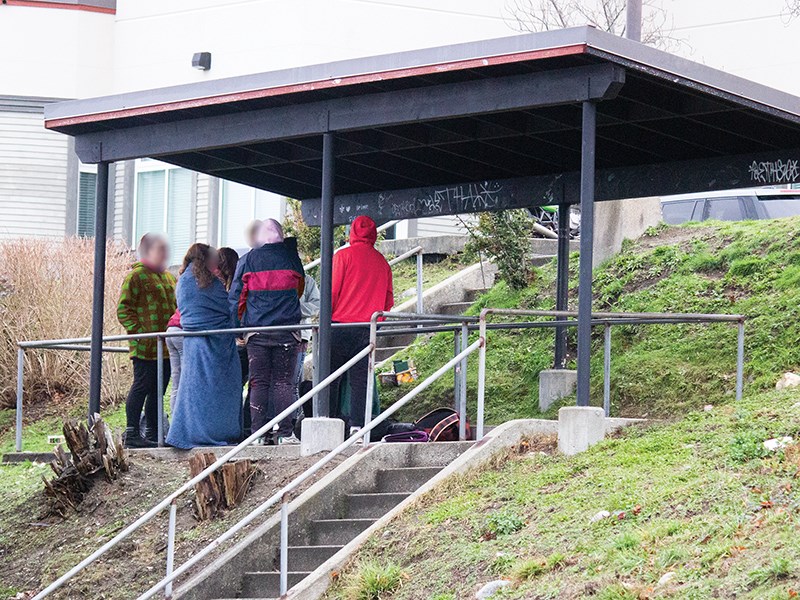On some mornings and at lunchtime, some students can be seen grouped in a shelter just on the edge of Brooks Secondary School’s property on Marine Avenue. This is the area where they gather to vape and smoke cigarettes.
Unlike smoking, vaping is the use of an e-cigarette device to inhale flavours, nicotine and other drugs as a vapour and it has become popular among youth in the last few years.
In recent days, national attention has been paid to a study out of University of Waterloo signalling that teen vaping rates are increasing, as is cigarette smoking.
At Brooks, however, principal Bill Rounis said there was a spike in vaping for a while but the school has seen it drop off dramatically.
Rounis said the school's rules for e-cigarettes are the same as cigarettes; neither are allowed on campus.
“We're trying to make sure we're sharing the right message,” said Rounis. “A couple of years ago that wasn't the case. We know from research and also from a lot of the information we're getting from the health authority that there's a health concern.”
Rounis said it is a matter of fact that vaping brings negative consequences.
Although the technology is new and the long-term health effects of vaping are unclear, according to Vancouver Coastal Health medical health officer and the authority’s lead on vaping and tobacco, Dr. Meena Dawar, there are early signals of harms associated with vaping among youth.
Darwar said there is so much diversity in vaping and e-juice products that studies cannot explore everything coming out of the literature.
At the beginning of the vaping craze, everyone thought it was okay because the flavours, called e-juice, sounded harmless: ice cream and fruit cereal, blueberry watermelon lemonade, menthol and berry, strawberry banana custard and banana pudding. It all sounded benign and, as the Waterloo study shows, extremely attractive to youth. It was an alternative to tobacco.
“When they realize what it's really composed of they start thinking there's some negative consequences,” said Rounis.
There is evidence building that e-cigarette use is a gateway to tobacco for youth.
This is a technology that's addictive and vaping products can legally contain nicotine, a highly addictive compound that can harm our brains, said Darwar. Other chemicals of concern include carcinogens and things such as formaldehyde, she added.
“The other groups of chemicals are actually metals,” said Darwar. “So heavy metals like lead and so on. It's essentially an electronic device and people are sucking on a battery and chemicals in the battery will be present in e-vapor as well.”
As for the smoke shelter where Brooks students congregate to smoke cigarettes, as well as vape, Rounis said it is considered off campus and outside of school rules.
“It's sort of the only safe zone that kids are going to right now that is deemed as the place without a response,” said Rounis, referring to any disciplinary action that might be taken. “We do not allow grade eights and nines in there. We think they're still too young to make that decision for themselves so we've made it for them.”



